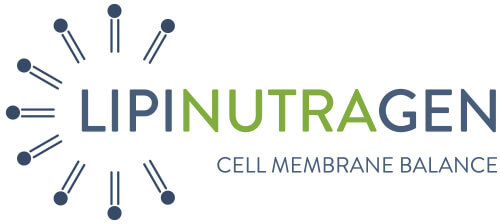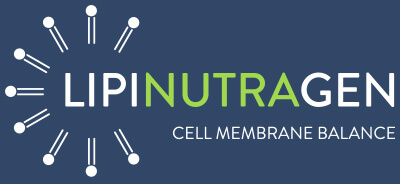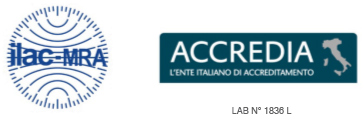Accreditation consists in the official recognition of the suitability and conformity of a laboratory to carry out specific tests or certain types of tests. Article n. 12 of Law n. 132/2016 concerns the “National network of accredited laboratories“, adapted to the UNI CEI EN ISO/IEC 17025 standard, states the general requirements of competence, independence, impartiality and the regular and consistent functioning of testing laboratories.
Each country in Europe must nominate its own unique accreditation body connected to the international networks of Accreditation Bodies,
in according to the European Regulation 765/2008. ACCREDIA, is the Italian accreditation body certifying the competence, independence and impartiality of bodies certification, inspection, verification, and testing and calibration laboratories.
The accreditation bodies, independent and representative of all interested parties, guarantee users, about the competence, independence and impartiality of accredited testing laboratories in carrying out the required analysis, through specific technical checks and inspections. Testing laboratories are accredited for each single test subjected to accreditation bodies control, and not for the entire laboratory analytical activities.


